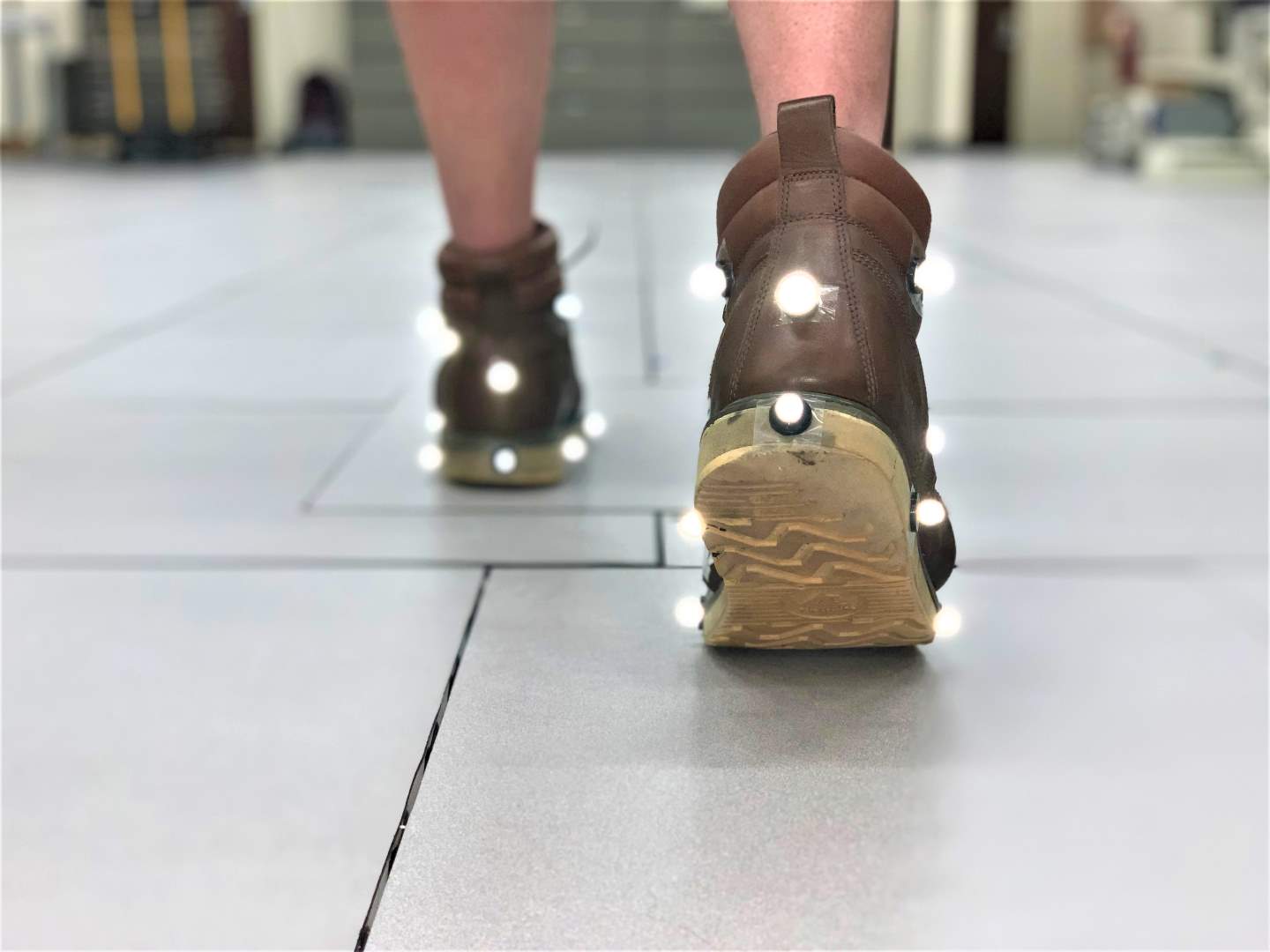

Peer-Reviewed Article
Predicting slips based on the STM 603 whole-footwear tribometer under different coefficient of friction testing conditions
Beschorner KE, Iraqi A, Redfern MS, Cham R, Li Y; Predicting slips based on the STM 603 whole-footwear tribometer under different coefficient of friction testing conditions; Ergonomics, vol. 62(5), pp. 668-681, 2019.
Abstract
Assessing footwear slip-resistance is critical to preventing slip and fall accidents. The STM 603 (SATRA Technology) is commonly used to assess footwear friction but its ability to predict human slips while walking is unclear. This study assessed this apparatus’ ability to predict slips across footwear designs and to determine if modifying the test parameters alters predictions. The available coefficient of friction (ACOF) was measured with the device for nine different footwear designs using 12 testing conditions with varying vertical force, speed and shoe angle. The occurrence of slipping and the required coefficient of friction was quantified from human gait data including 124 exposures to liquid contaminants. ACOF values varied across the test conditions leading to different slip prediction models. Generally, a steeper shoe angle (13°) and higher vertical forces (400 or 500 N) modestly improved predictions of slipping. This study can potentially guide improvements in predictive test conditions for this device.
People



Research



